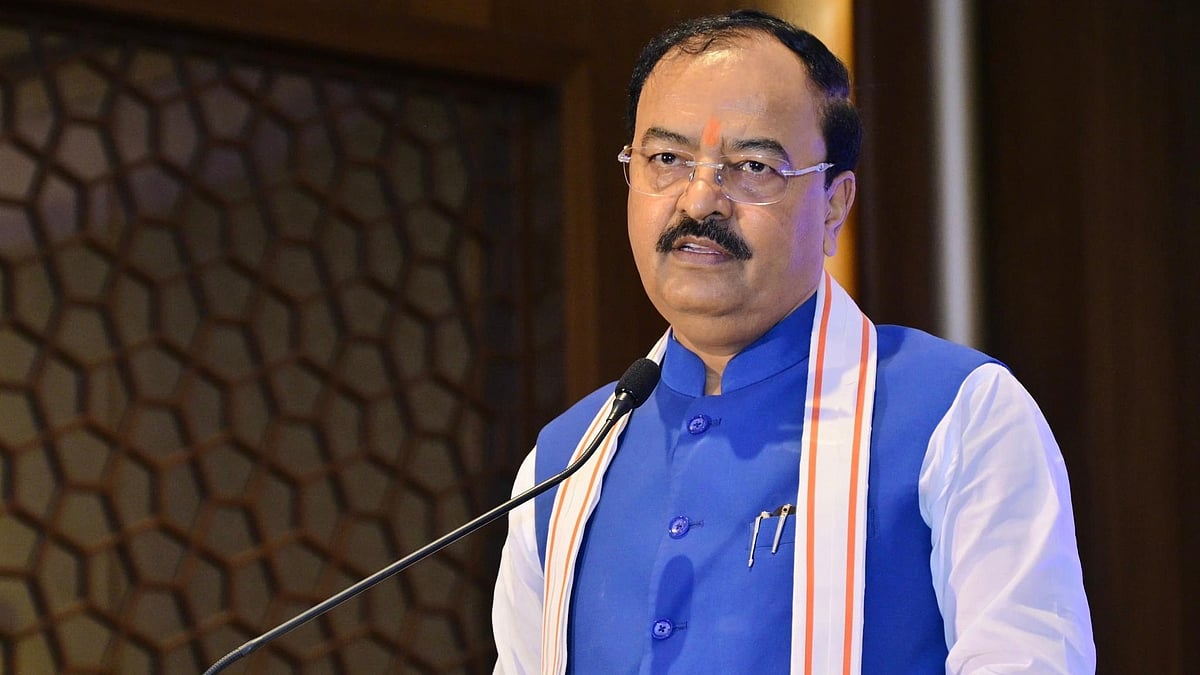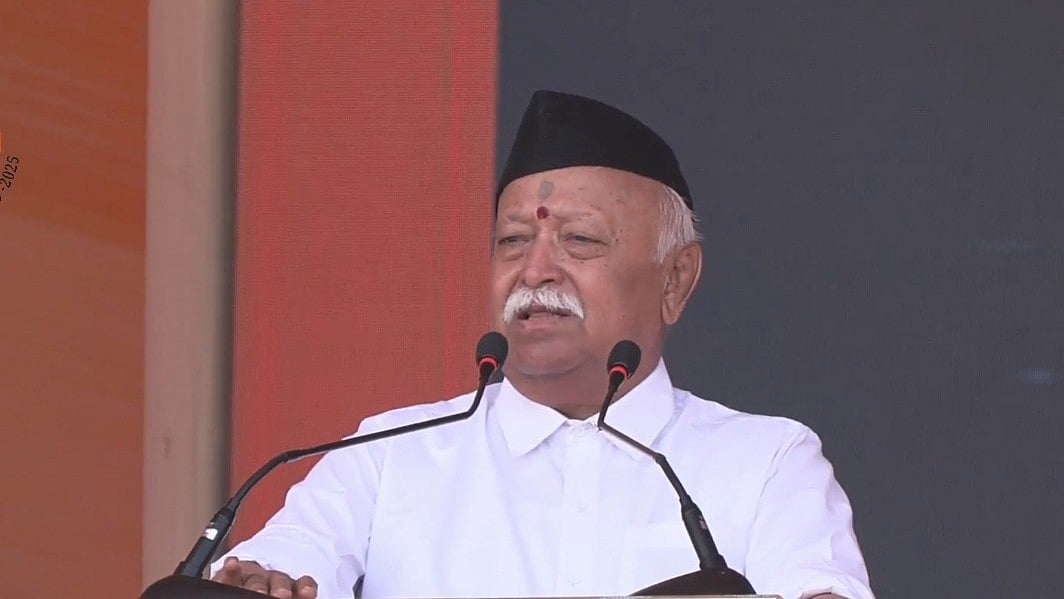Today, it can be said that no part of the world is free from drug addiction. India, including two- and three-tier cities, is also in the grip of drugs. School-going children who came to me for their addiction told me that drugs are easily available near their schools. Hence the scourge is fast spreading in younger children, too.
Drug addiction in children impacts the whole family. The increasing population and the nuclear system of families in India is bringing about changing patterns in its social and cultural values. “Easy availability” is the most frequent reason for drug use followed by “relief from tension” and “acceptance by peers” among adolescents. Moreover, as adolescents are in a transitional phase, confusion can sometimes make them susceptible to taking up unfavourable habits.
A survey conducted across India showed that 63.6% of patients coming in for treatment were introduced to drugs at a young age — below 15 years. According to another report 13.1% of the people involved in drug and substance abuse in India are below 20 years. Heroin, opium, alcohol, cannabis and inhalant drugs are the five most common drugs being abused by children in India. An emerging trend about child drug abusers is the use of a cocktail of drugs through injection, and often sharing the same needle, which increases their risk of HIV infection.
Recently, trends of drug use are equally increasing in both boys as well as girls. Drug use can lead adolescents to indulge in high-risk behaviour, such as having sexual intercourse with multiple sexual partners. In India 20 million children a year and nearly 55,000 children a day are drawn into a tobacco addiction, as compared to 3000 new child smokers a day in the US. Isn't this shocking?
In adolescents, the desire and curiosity about drug use comes about through modelling of substance use of parents, siblings and peers. It is fuelled by the modelling of substance use and abuse by celebrities in movies, television, and music videos. Adverse life events and circumstances, including child sexual or physical abuse, attention deficit hyperactivity disorder, conduct disorders, parental substance abuse, criminal history, excess screen use, social media or pathological internet use, parenting issues like permissive, authoritarian, neglectful parenting and so on, may lead to early onset of drug use. Early initiation of substance use is usually associated with a poor prognosis and a lifelong pattern of deceit and irresponsible behaviour.
One study revealed that a majority of adolescents wished to quit the habit of drug abuse. Hence the motivation from family, friends, and close ones could help the user to come out of this habit. Other factors that help in quitting are “moral sense” and “fear of health problems”. This suggests that attitude shaping by parents and knowledge of harmfulness of use can indirectly motivate the user to give up the habit.
Research has also revealed that a school social environment which increases student participation, improves relationships and promotes a positive school ethos may be associated with reduced drug use, while students who are not engaged in school and those who fail academically are more likely to engage in substance use. But in India, we don’t have sensitisation programmes about drug abuse in schools or for children out of school. India does not have a substance abuse policy. There is also a high incidence of charging children under the Narcotic Drugs and Psychotropic Substances (NDPS) Act, 1985. All this adds to the chaos of drug menace in adolescents.
Preventive strategies can be implemented at the level of school, family, and community. We need to develop a comprehensive prevention and control programme in schools and the community, targeted toward adolescents and their parents and other family members. Effective measures are required to encourage shaping the attitude of schoolchildren toward self-confidence and adequacy. Social resistance skills and adaptive ways to address the sociocultural and environmental pressures are the basic approaches employed at the levels of schools, mainly teaching assertiveness, active coping, problem solving, and social skills techniques. Improving family bonding, cohesion, communication, and parental supervision with adaptive parenting practices are key measures employed by parents and family. Studies showed that school-based prevention programmes emphasising on assertiveness, personalised feedback, information, self-management, and social skills have been found effective in decreasing cannabis and alcohol use amongst adolescents.
Since children and adolescents are connected and approachable through social media and the virtual world, cyberspace and other forms of electronic media can play a vital role in spreading awareness about drug abuse, associated issues, and complications along with teaching appropriate skills and measures to prevent substance use. Training in social skills, social resistance, and life skills can motivate this vulnerable population to follow more adaptive coping strategies. It also helps them to recognise situations where they are likely to experience peer pressure to smoke, drink, or use controlled substances. These competence-enhancement programmes are quite helpful in controlling the rising burden of abuse.
At an individual level, early use of substances interferes with neurodevelopmental changes. Different brain regions are affected by drug exposure — for example, the prefrontal cortex (PFC) matures till early adulthood. So substance use in adolescents induce changes in PFC activity. Adolescents have greater impulsiveness and risk-taking attitude due to less control over the PFC; hence they have greater chances of becoming an addict after exposure to substances at an early age. They are also at risk of inability to make informed decisions, and feelings of good or bad, due to alterations in the PFC. So, any experimentation with drugs should be postponed till the age 25 at which PFC matures fully. In India, the inclusion of substance use information as a compulsory component in school curriculum can be a major step taken in this direction.
Dr Shailesh Umate is a consultant psychiatrist, sexologist and addiction specialist, whose mission is spreading awareness about mental health and well-being














